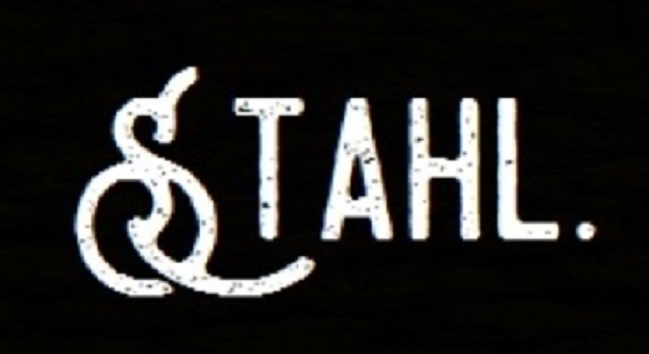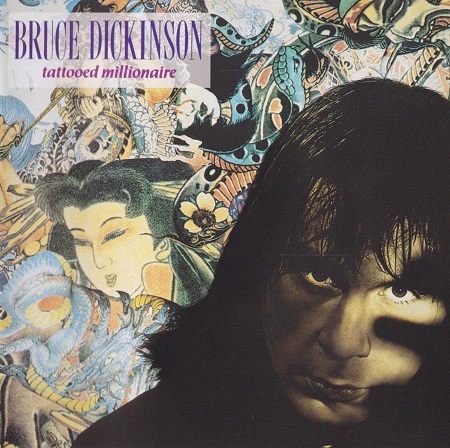When Bruce Dickinsion released his first solo album Tattoed Millionaire in 1990, he could not know that today every good hipster needs to have tattoos. They have become mainstream and, apparently, they are here to stay. In this post, I want to approach tattoos from another perspective. I reflect upon the question how they can serve as historiographic sources for a professional cultural history of metal music. This is a methodological question.1
It is quite evident to see tattoos as cultural-historiographic sources. Following Foucault’s discourse analysis, body history is an established approach to history.2 Body history researches the role(s) of the human body/human bodies in history. Also, we have detailled research on the history of tattooing as a practice of body modification.3
In our field of metal music studies, tattoos as semiotic traces are examined, too.4 What we do not have at this point, is detailled methodological analysis of the question how tattoos can serve as historiographic sources for a professional cultural history of metal. Of course, I cannot provide a full discussion of this in a short blog post but I attempt to discuss important points.
Four methodological dimensions
First, thinking of tattoos as sources, a definitional feature is their ‘materiality’. They are highly personal, intimate and often unique inscriptions on a human body. Like the human body itself, they do not last but wither, change, and when the individual dies, the original source usually disappears in history. Yet, the tattoo as a bearer of a certain meaning, constituted in the intersectional sphere between personal life and the colllective discourse, is there for a limited period. This first thought defines this kind of sources temporally. They are contingent and available only for a certain period of time, at least as originals.
Second, tattoos are very private and individual. They belong to a person’s private life. However, usually they are thought to be seen by (some) other people. Methodologically, this implies if we want to research tattoos, each scientist doing so has to be fully aware of and act in accordance with good legal and ethical principles of personal integrity, respect and approval by the tattoo’s wearer.
Third, tattoos are texts or pictures, or a combination of both. They require scholars in metal studies to decrypt the source’s sense by thinking either textually or figuratively, or a combination of both. In this way, tattoos are comparable to other sources of history.5 Cultural historians have to place their interpretation of the source and the wearer’s own statement/narrative in the context of broader metal discourse.
This brings us to our fourth aspect. Tattoos are an established code in metal culture around the globe. They constitute metalness. Combining this collective aspect with the prior three points makes us see tattoos as historic sources by which wearers express their individual metalness in the context of global metal discourse. They are a way of individualizing a person within a certain collective framework of meaning, i.e. the cultural framework of metal. Methodologically, this requires metal historians to ask for indivual identities within an established framework.
In a nutshell, tattoos are fascinating sources of a cultural history of metal. They are contingent, transient, individual, private and hybrid (textual and/or pictorial) sources of history, which render a person distinct in metal’s collective sphere. Hence, methodologically historians have to research them as sources which tell history in these ways.
M. Howell and W. Prevenier, From Reliable Sources. An Introduction to Historical Methods. Ithaca and London: Cornell University Press, 2001. ↩
L. Kalof and William Bynum (eds.), A Cultural History of the Human Body, 6 vols., Oxford: Berg, 2010. ↩
M. DeMello, Bodies of Inscription: A Cultural History of the Modern Tattoo Community, Durham, NC: Duke University Press, 2000; J. Caplan (ed.), Written on the Body: The Tattoo in European and American History, Princeton, NJ: Princeton University Press, 2000; M. Mifflin, Bodies of Subversion: A Secret History of Women and Tattoo, New York, NY: Powerhouse Books, 2013. ↩
S. Holland and K. Spracklen (eds.), Subcultures, Bodies and Spaces: Essays on Alternativity and Marginalization, Bingley: Emerald: 2018. ↩
Howell and Prevenier, Introduction. ↩




